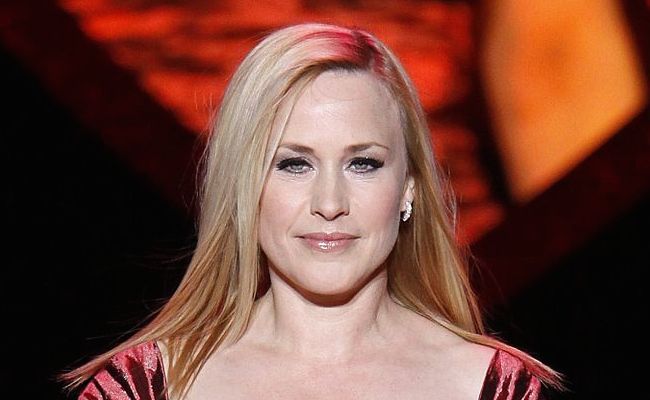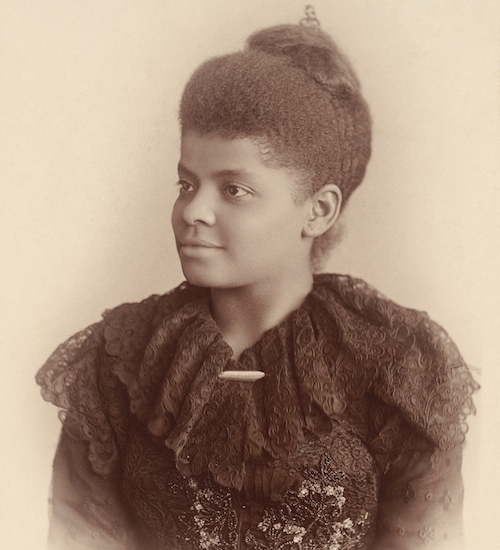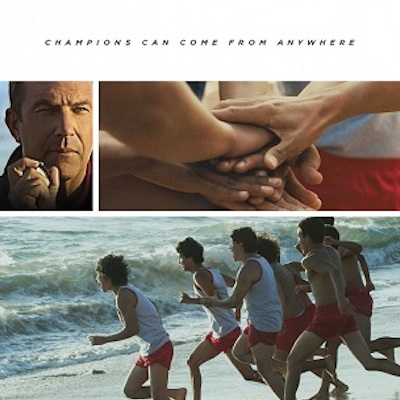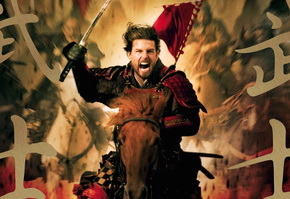“There will never be a n—-r at SAE!” That’s the chant recorded over the weekend that got the University of Oklahoma chapter of the Sigma Alpha Epsilon fraternity shut down. In the video that went viral on social media, you see a group of White students on a bus chanting the song to the tune of “If You’re Happy and You Know It.” They look excited and well practiced at an obviously racist song, as if it had been passed from member to member across generations. They look as if this behavior is normal for them.
Almost immediately after the video went viral, there was a response from both the University and the fraternity’s national president. The closure of the Oklahoma chapter of the frat was quick and everyone from school officials, fraternity officials and even the schools football team severed all ties possible with them. All claiming that the behavior of the members was unacceptable, and that this kind of racism wasn’t something they stood for. The National SAE Organization has permanently revoked the membership of the students involved in the video. The University has reported to have expelled a few of the members, and the SAE house has been shut down, so other members have to find their own housing without the help of the University.
But let’s not act like this is new. This isn’t a lone, isolated, or one-time occurrence on one college campus. This isn’t even the only time Sigma Alpha Epsilon specifically has had issues with racism. Back in 2011, SAE members at Cornell University in New York during a hazing killed George Desdunes, a 19 year old Haitian pledge, by forcing him to drink until he passed out and then neglecting to take him to the hospital. When charges were brought up against the students involved, the students were only charged with misdemeanor hazing.
While the punishment that the students at University of Oklahoma received was justified, it’s clear that this event was far from isolated. Because of social media and sites like Twitter, Vine and YouTube, these random acts of racism are being proven to be less random and more of a product of the institutionalized racism that is still a big problem in the US.
On Tuesday, March 10th a group called NJShutItDown initiated a Twitter conversation about the topic using the hashtag #NotJustSAE that focused on the experiences many People of Color had with Fraternities and Sororities at primarily White Institutions. In the hashtag, people shared personal experiences, as well as news stories about racist themed parties centered around holidays like Cinco de Mayo and Martin Luther King Day. At many of these parties, white students are dressed up in blackface and wearing dreadlock and afro wigs. In all of them, the students seem at ease with their racism.
The ease with which these students can don blackface, chant about lynchings and even murder other students isn’t isolated. It’s a problem, and it’s been a problem for a long time now. To these students, this behavior is thought of as just “college fun,” and before social media it was treated as kids being kids in isolated, disconnected incidents. It’s unacceptable, and while it’s good that University of Oklahoma took action immediately, more schools should follow their lead.









